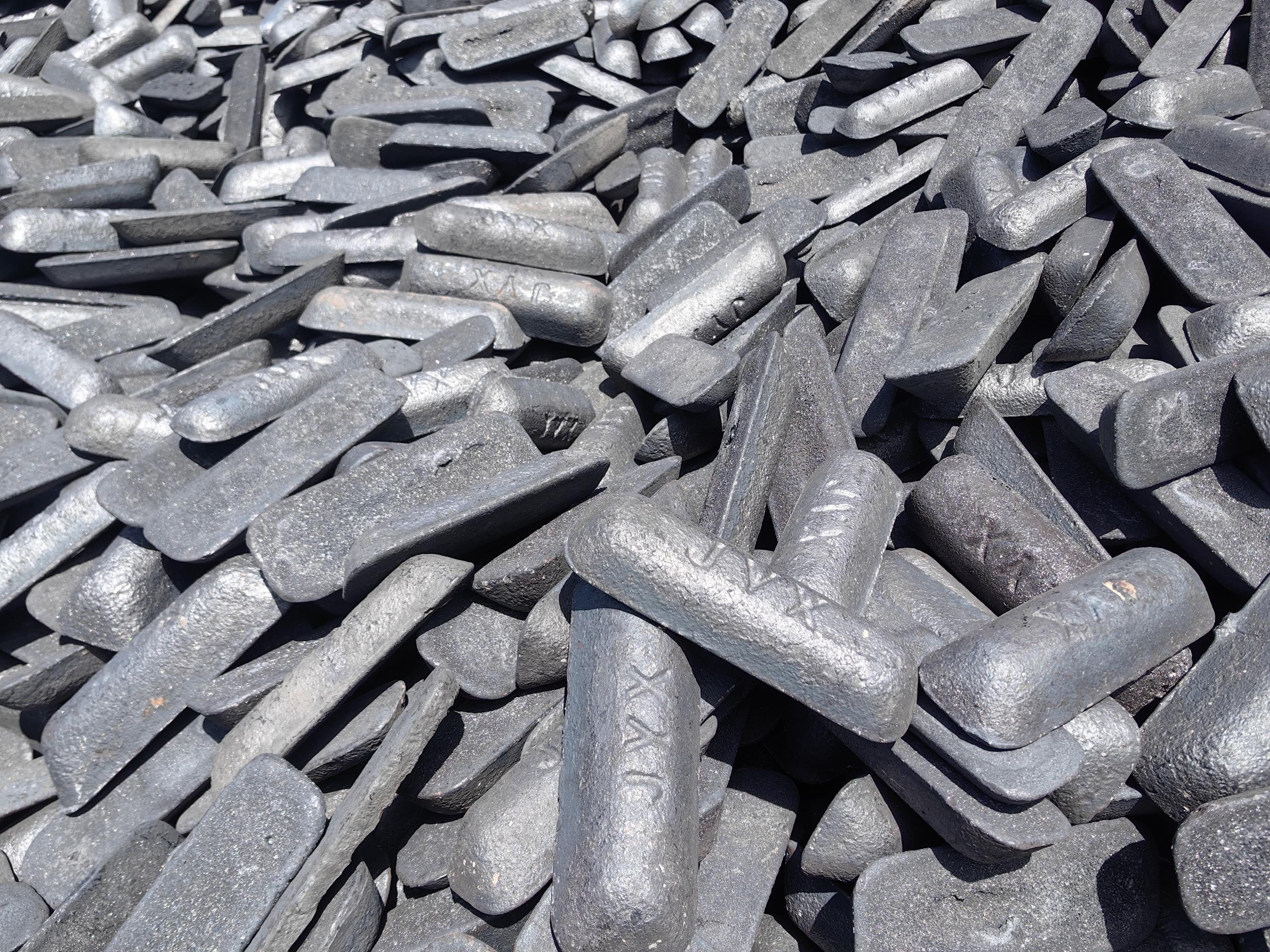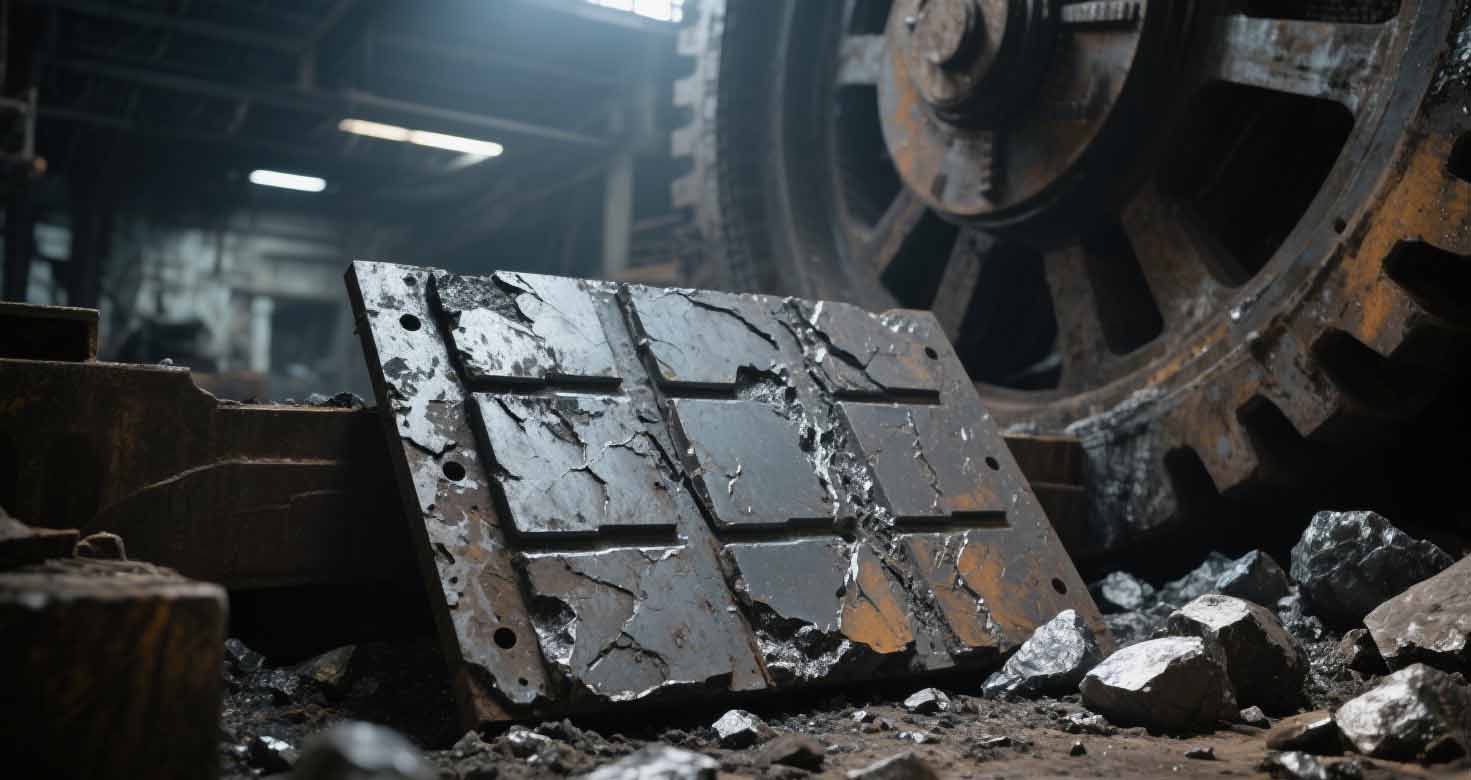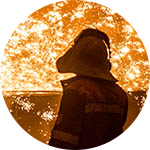Unraveling the 5 Key Performance Dimensions of Pig Iron
2025-07-07 16:57:35 hits:0
Introduction
In the vast system of industrial production, pig iron, as a fundamental and crucial material, has properties that directly affect the quality and application of numerous downstream products. The properties of pig iron are rich and complex, covering multiple dimensions such as physical, mechanical, thermal, and electrical properties. A deep understanding of these properties is of great significance for optimizing production processes and expanding application areas. For more details about pig iron products, please click [Pig Iron Product Introduction Page].

I. Physical Properties of Pig Iron
1.1 Density and Its Industrial Significance
The physical properties of pig iron serve as the foundation for its industrial applications. Regarding density, general pig iron has a density of approximately 7.2 - 7.8 g/cm³. This parameter plays a pivotal role in casting design. For example, when casting large mechanical components, engineers rely on the density of pig iron to accurately calculate component weights and rationally plan the load - bearing structure of equipment, ensuring the stability and safety of machinery operation.
1.2 Melting Point, Boiling Point, and Thermal Expansion
According to data from the official website of China Iron and Steel Association, the melting point of pig iron typically ranges around 1100 - 1200 °C, and the boiling point reaches as high as 2450 °C. Such high melting and boiling points allow pig iron to maintain a stable shape during high - temperature smelting and processing, providing reliable temperature conditions for steelmaking and casting. Moreover, the coefficient of thermal expansion of pig iron cannot be overlooked. During temperature changes, pig iron expands or contracts to a certain extent. If not considered during design and use, it may cause dimensional deviations in components, affecting equipment operation. Specific data can be found in the Online Version of the Metal Materials Handbook.
II. Mechanical Properties of Pig Iron
2.1 Tensile Strength and Its Application Limitations
Mechanical properties are core indicators for assessing the quality and applicable range of pig iron. The tensile strength of pig iron generally lies between 180 - 300 MPa, indicating its limitation when subjected to tensile forces. In non - load - bearing castings in construction, pig iron's tensile strength suffices. However, for structures like bridges and large building components that bear significant tensile forces, steel with higher strength is required. These data can be retrieved from relevant standards on the official website of the International Organization for Standardization (ISO).

2.2 Yield Strength, Elongation, and Toughness
The yield strength reflects the stress level at which pig iron starts to exhibit significant plastic deformation. Typically, pig iron has a relatively low yield strength, making it prone to deformation under force. Elongation represents the degree of plastic deformation pig iron can endure before fracture. A low elongation implies poor toughness and a tendency to brittle fracture under impact loads.
2.3 Hardness: An Advantage of Pig Iron
The high hardness of pig iron (generally Brinell hardness 160 - 240 HBW) is a notable advantage. In industries such as mining machinery and wear - resistant linings, pig iron can effectively resist the friction and impact of ores and other materials, extending component service life and reducing equipment maintenance costs. Nevertheless, due to its low impact toughness, pig iron's application is restricted in fields with high toughness requirements, like automotive suspension systems and aerospace. Relevant industry cases can be referred to on the official website of Journal of Mechanical Engineering Materials.
III. Thermal Properties of Pig Iron
3.1 Specific Heat Capacity and Its Role in Casting
The thermal properties of pig iron significantly influence casting and heat treatment processes. Specific heat capacity, which refers to the heat absorbed or released when the temperature of unit mass of pig iron changes by one unit, is approximately 0.46 kJ/(kg·°C). This value determines the speed of pig iron's temperature change during heating and cooling. In casting, controlling the heating rate properly can prevent internal stress concentration and defects like cracks.
3.2 Thermal Conductivity and Process Parameter Setting
Thermal conductivity reflects pig iron's heat - conducting ability, with a value of about 46 - 54 W/(m·K). When designing casting molds, considering thermal conductivity ensures rapid and uniform heat dissipation, guaranteeing casting solidification quality and forming accuracy. In heat treatment, thermal conductivity affects heat transfer efficiency and determines process parameters such as heating and holding times. Detailed process guidance can be found on the official website of China Foundry Association.
IV. Electrical Properties of Pig Iron
4.1 Poor Electrical Conductivity and Special Applications
Despite its relatively poor electrical conductivity (around 10⁶ S/m, much lower than metals like copper and aluminum), pig iron's electrical properties have applications in specific fields. For instance, in electromagnetic stirring technology, the magnetic properties of pig iron are utilized to stir molten iron, promoting component homogenization and improving casting structure and properties. In some electromagnetic shielding devices, pig iron's magnetic and electrical conductivity can shield electromagnetic interference, providing a stable environment for electronic devices.
V. Other Performance Indicators of Pig Iron
5.1 Surface Finish and Production Efficiency
In addition to the above - mentioned properties, indicators such as surface finish and dimensional tolerance of pig iron are equally crucial. A good surface finish reduces subsequent casting processing workload and enhances production efficiency.
5.2 Dimensional Tolerance and Equipment Performance
Precise dimensional tolerance ensures accurate matching of pig iron components with other parts, safeguarding overall equipment performance. In precision machinery manufacturing, the requirements for pig iron's surface finish and dimensional tolerance are more stringent, as even minor deviations can impact the entire mechanical system's operation accuracy.
Conclusion
In summary, the properties of pig iron form a multi - dimensional and interrelated system, with each performance indicator playing a distinct role in different application scenarios. Producers, engineers, and purchasers can fully leverage pig iron's advantages, avoid its disadvantages, and achieve efficient resource utilization and product quality improvement in practical production and application by having a profound understanding of these properties.
Blog Author Profile
DAWN | Pig Iron & Castings Procurement Advisor 18 years in the foundry trenches give me an edge: I know how pig iron’s chemistry impacts casting quality and can troubleshoot defects like cracks and porosity. With a 1M MT/year pig iron and 60k MT/year casting output from our in-house factory, plus 200+ verified suppliers on our platform, we offer fast price comparisons. Expect a 24-hour inquiry response—my goal? Not just closing deals, but being your go-to partner in the foundry world.
18 years in the foundry trenches give me an edge: I know how pig iron’s chemistry impacts casting quality and can troubleshoot defects like cracks and porosity. With a 1M MT/year pig iron and 60k MT/year casting output from our in-house factory, plus 200+ verified suppliers on our platform, we offer fast price comparisons. Expect a 24-hour inquiry response—my goal? Not just closing deals, but being your go-to partner in the foundry world.
📧(zbw@tiegu.net)

 en
en  fra
fra  de
de  ru
ru  ara
ara  gle
gle  it
it  jp
jp  kor
kor  th
th  zh
zh 


